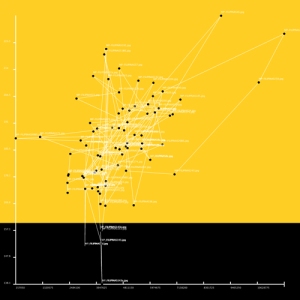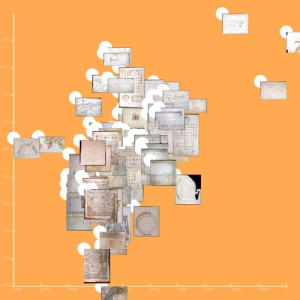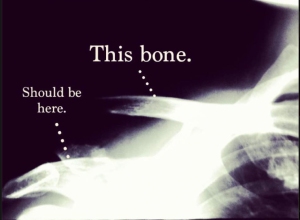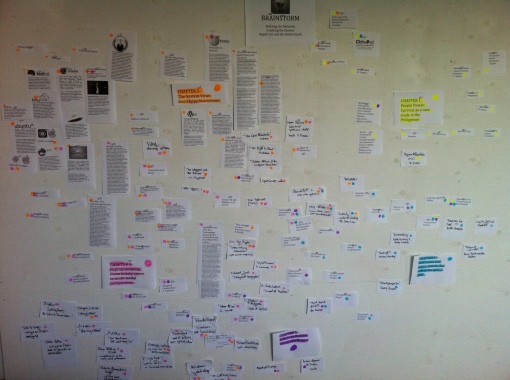
ImageJ (inherently Fiji) is an open source image processing program developed by the National Institute of Health (Maryland, USA) in 1997 has been described as ‘the standard in scientific image analysis (XXIV Focus on Bioimage Informatics, 2012). As with most public domain projects, ImageJ was developed with an open architecture that is conducive to plugins that add expand functionality to the software. Essentially ImageJ was developed to work as an editor and Java compiler to process and analyze large data sets of images in the field of health science.
ImageJ’s current functionalities as described on http://rsb.info.nih.gov are listed as follows:
– It can display, edit, analyze, process, save and print 8-bit, 16-bit and 32-bit images. It can read many image formats including TIFF, GIF, JPEG, BMP, DICOM, FITS and “raw”.
– It supports “stacks”, a series of images that share a single window. It is multithreaded, so time-consuming operations such as image file reading can be performed in parallel with other operations.
– It can calculate area and pixel value statistics of user-defined selections. It can measure distances and angles.
– It can create density histograms and line profile plots.
– It supports standard image processing functions such as contrast manipulation, sharpening, smoothing, edge detection and median filtering.
– It does geometric transformations such as scaling, rotation and flips. Image can be zoomed up to 32:1 and down to 1:32.
– All analysis and processing functions are available at any magnification factor.
– Spatial calibration is available to provide real world dimensional measurements in units such as millimeters.
– Density or gray scale calibration is also available.

Although originally developed for biomedical researchers using microscopes, is clear the image processing tools inherent in the program could prove useful in any field of research that requires the analysis and visual representation of large image data sets.
As part of the Software Studies Initiative of the California Institute for Telecommunication and Information Technology (Calit) a project has emerged that has expanded the applications of ImageJ in the study of Digital Humanities. Cultural Analytics, developed by Lev Manovich in 2005, is developing research methodologies around data-driven cultural analysis. The mandate of Cultural Analytics is to “create more comprehensive and inclusive understanding of human cultural evolution and dynamics using all available digitized and born-digital cultural artifacts in any media from all of human history.” (http://lab.softwarestudies.com/2008/09/cultural-analytics.html).

‘Image Map’ Comparison of Obama TV ads.
x-axis = mean grayscale value for all pixels in single frame
y-axis = mean standard deviation for pixel grayscale values in single frame

‘Image Map’ Comparison of McCain TV ads.
x-axis = mean grayscale value for all pixels in single frame
y-axis = mean standard deviation for pixel grayscale values in single frame
Through the visualization of large cultural data sets the project maps patterns in existing digital artifacts. Projects include the visualization of the 2008 US Presidential online video ads that mapped out each frame of twelve campaign ads from Barak Obama and John McCain and organized them visually according to greyscale. Other notable projects include the visualization of Vincent Van Gogh’s work.
This project is relevant to my own research in that I am seeking a method in which to visualize the Philippine diaspora community. Inherent in this research is the analysis of large sets of images. The first data set I came across in my study of the ‘Philippine visual identity’ was the fronds at the Archivo General de Indias in Seville which housed several thousand drawings of colonial Philippines date back to as early as 1555. The process I initially took to visualize these archives involved the collage of several choice images with my own photography and painting to create a pastiche that used colonial maps to explore the complexities of Philippine history from a postcolonial lens.
I am eager to use some of the methods of analysis in Manovich’s Cultural Analytics project towards the visualization of the Seville archives and possibly more image sets that I come across in my research.











